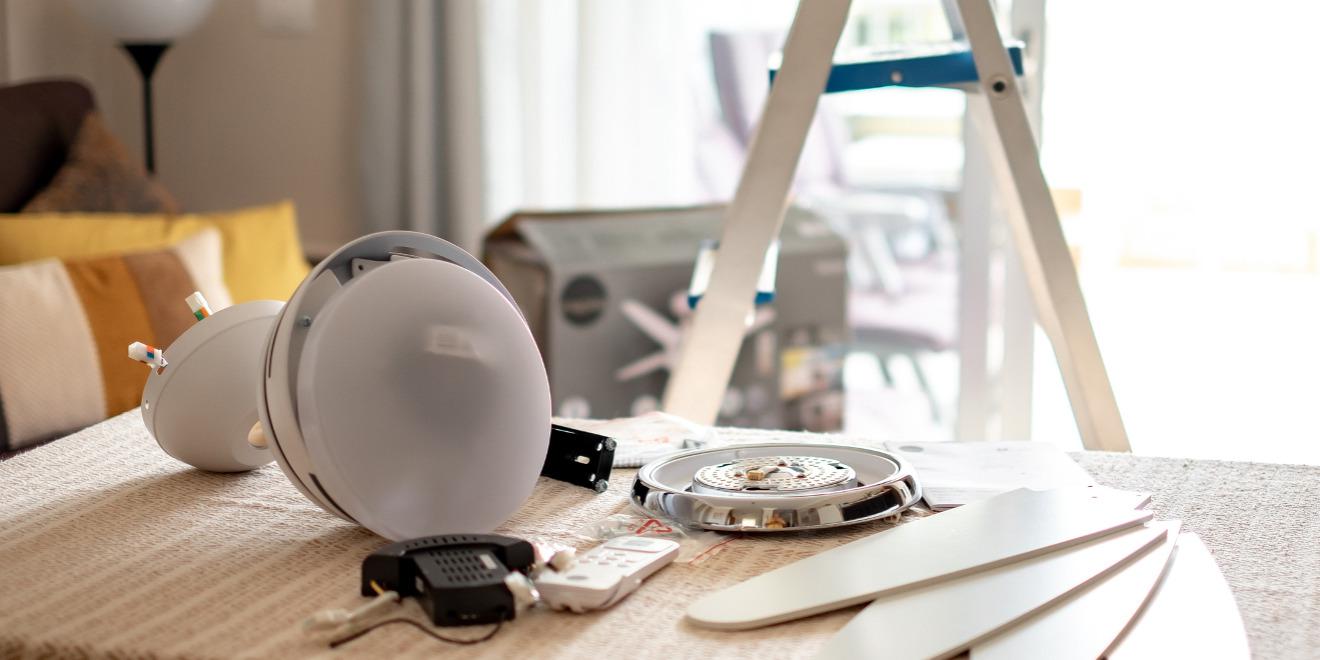
Choosing the Right Ceiling Fan Size for Your Home: A Comprehensive Guide
Read More
Ceiling Fans
See all Ceiling Fans postsCircuits and Wiring
See all Circuits and Wiring postsCode Compliance
See all Code Compliance postsDid You Know
See all Did You Know postsElectrical Repair
See all Electrical Repair postsEnergy Efficiency
See all Energy Efficiency postsGeneral Electrical
See all General Electrical postsGenerators
See all Generators postsHome Maintenance
See all Home Maintenance postsLighting
See all Lighting postsMain Electrical Panel
See all Main Electrical Panel postsSafety
See all Safety postsSmart Home
See all Smart Home postsSmoke Detectors
See all Smoke Detectors postsSub Panel
See all Sub Panel postsSurge Protection
See all Surge Protection posts